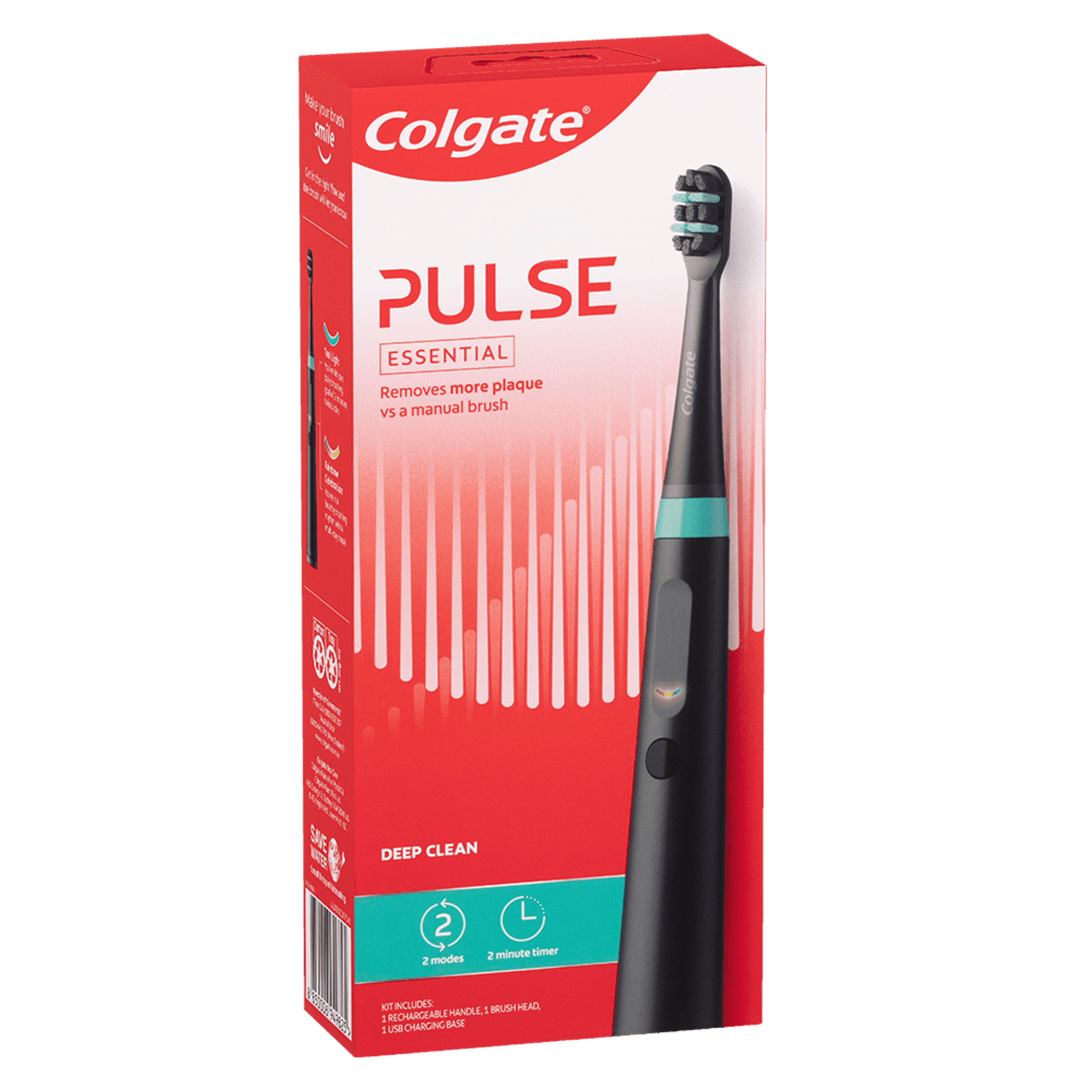-
-

BRUSHING & FLOSSING
How to BrushWhat Is the Right Way to Brush?
Proper brushing takes at least two minutes — that's right, 120 seconds!...

BRUSHING & FLOSSING
How To FlossWhat is the Right Way to Floss?
Proper flossing removes plaque and food particles in places where a toothbrush cannot easily reach... -
Science & Innovation
- Colgate® | Toothpaste, Toothbrushes & Oral Care Resources
- Oral Health
- Dry Socket After Tooth Extraction: Understanding And Prevention


There are numerous reasons your dental professional might recommend that you have your tooth taken out, a process also known as a tooth extraction. While most patients are familiar with wisdom tooth removal, an extraction can also treat or correct an infection from dental decay, a periodontally diseased tooth or a crowded mouth.
While a tooth extraction is a relatively simple procedure, patients should watch out for certain issues during the healing process, including the most common complication: a dry socket.
What is a Dry Socket?
After your dentist extracts one of your adult teeth, your mouth will form a blood clot in the spot where the tooth was removed. This blood clot is vital because it helps protect the bone in the empty tooth socket.
Patients develop a dry socket when the blood clot is dislodged, dissolves or doesn't completely form. This leaves the bone exposed and prone to infection. This condition also causes intense pain in the mouth and the face and should be treated by a dental professional as soon as possible.
Why do Dry Sockets Occur?
A dislodged blood clot is sometimes the result of trauma or force to the empty socket. Unfortunately, it's not as easy to pinpoint what causes a dislodged blood clot or one that failed to form in the first place. However, there are some risk factors that increase the chances of developing a dry socket. These include:
- Infections
- Oral contraceptives
- Failure to properly care for the wound
- Smoking and use of tobacco
How can You Prevent a Dry Socket?
Dry sockets usually occur in the first five days after an extraction, so the first step in preventing this condition is to avoid any rigorous activity that could lead to wound disruption. This rigorous activity could even include simple activities like drinking through a straw or forceful spitting, both of which have the potential to dislodge a blood clot.
Because smoking and tobacco use increase the chances of developing a dry socket after tooth extraction, avoid using these substances at least 24 hours before and 24 hours after the procedure. Talk with your dental professional to determine whether any of your regular medications might inhibit blood clotting and discuss what you can do to minimise or eliminate this risk.
Your dentist or oral surgeon will likely recommend a course of at home care and tips to follow after your extraction. The advice may include drinking plenty of water, not brushing within the first 24 hours after surgery, avoiding certain foods and using antibacterial mouthwashes. Your dental professional may also offer specific advice depending on your oral health history, your immune health and the medications you take.
Closely following this guidance can go a long way toward helping you prevent a dry socket so you can experience a healthy healing process after your tooth extraction.
This article is intended to promote understanding of and knowledge about general oral health topics. It is not intended to be a substitute for professional advice, diagnosis or treatment. Always seek the advice of your dentist or other qualified healthcare provider with any questions you may have regarding a medical condition or treatment.
Related Products

Helping dental professionals
More professionals across the world trust Colgate. Find resources, products, and information to give your patients a healthier future











